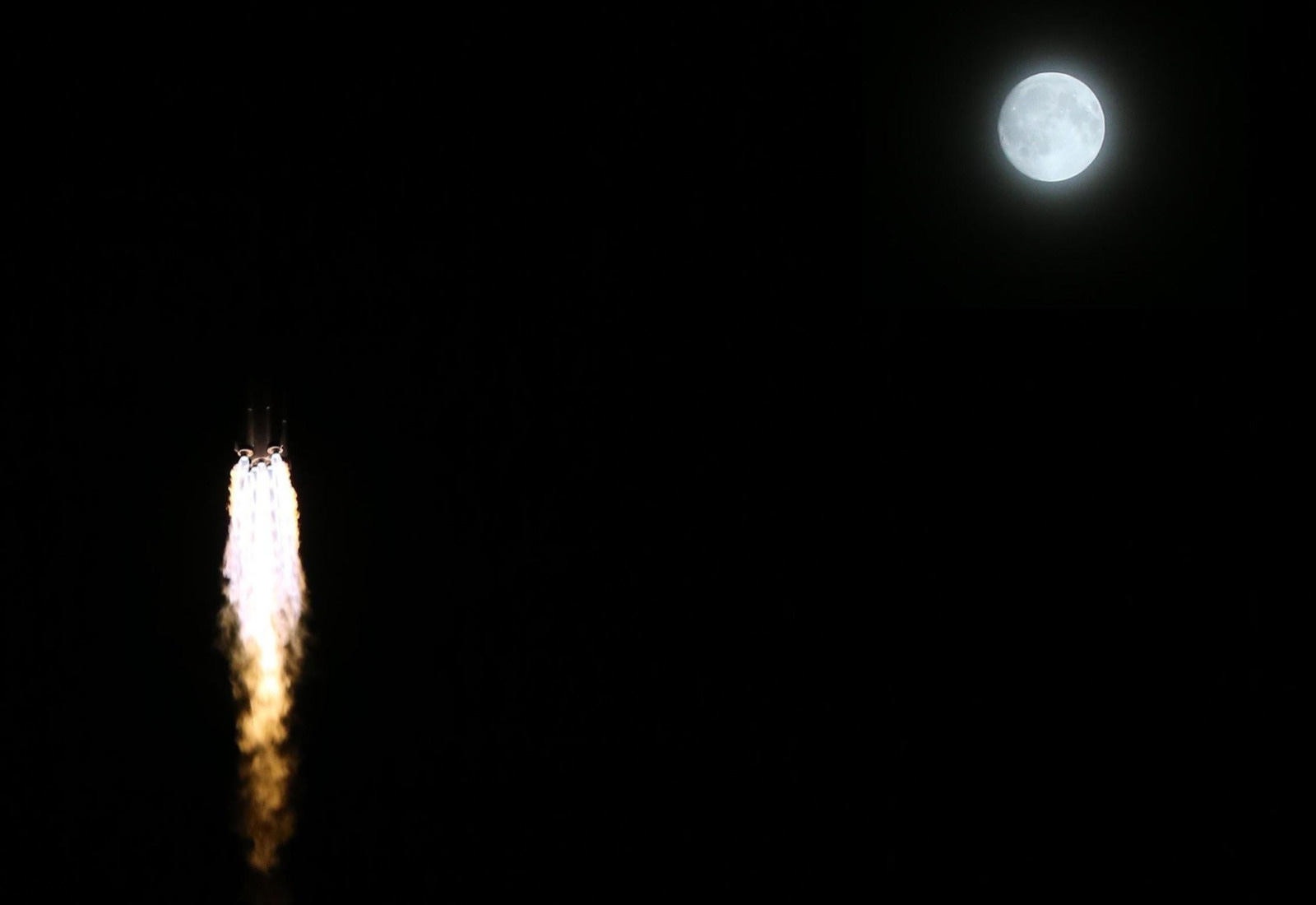Kids in South Korea and a Moon mission
South Korea is about to have its Chandrayaan 1 moment.
South Korea’s Korea Pathfinder Lunar Orbiter (KPLO) entered orbit around our Moon on December 17, 2022. The orbiter will show us new views of the Moon’s surface, and provide critical information about its polar terrain and water deposits to help plan future missions. The mission reminds me strongly of Chandrayaan 1, India’s first Moon mission, in technical as well as inspirational ways.
Both projects are each nation’s first planetary mission, are lunar orbiters, and have significant contributions coming from NASA. Both of its spacecraft were conceptualized and realized after each country gained experience making satellites for geostationary orbits, a necessary precursor. But it’s the inspirational element that’s perhaps more striking.
Chandrayaan 1 launched over a decade ago in 2008. I was in school then, just 14, and remember reading newspapers who were reporting that India is foraying into planetary exploration. Now, I always liked to read about NASA’s dashing planetary missions but this one felt different. My own country was sending a spacecraft to the Moon! I’m no nationalist but this was simply about being able to relate better. It’s also perhaps why I saw people around me take interest in space for the first time. Because it was an Indian mission, they felt included.
As the mission launched and progressed, I remember the flurry of headlines reporting that Chandrayaan 1 had discovered water on the Moon. It really inspired me. It was, for a young me, a realization that countries new to planetary exploration with humble budgets can still contribute big results to our collective pool of scientific knowledge. Since the water-discovering instrument was from NASA, Chandrayaan 1 demonstrated a fine collaborative way for young space nations to increase mission science without increasing cost while also leveraging the partnership to expand their own expertise.
With KPLO, South Korea is following the very collaboration model of Chandrayaan 1, starting with onboarding NASA’s ShadowCam instrument, an ultra-sensitive camera to see inside the Moon’s permanently shadowed areas and provide critical information about its terrain and water deposits to help plan future crewed and robotic missions. Not only that, South Korea is even extending the Chandrayaan model in a way it sees fit: by signing the Artemis Accords for enhancing future collaborations, inviting nine NASA scientists onboard the core KPLO science team to further improve mission science, and more.
In over a decade since Chandrayaan 1, I’m now in the profession of writing about space exploration. As part of it, I uniquely cover Indian space science missions, including Chandrayaan 2, Chandrayaan 3 and Mangalyaan. Likewise, I know many people who pursued STEM interests in technical as well as non-technical ways because of the impact Indian space missions have had on them growing up. And so when KPLO shows us great new views of our cosmic neighbor, I’m hopeful that it will have much the same lasting effect on people, kids and students in South Korea.
Space inspires, and lets us aspire to do things beyond the clouds. And the more countries that can have that effect felt nationwide, the better.

